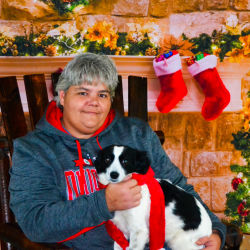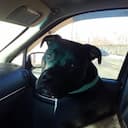Origins and Temperament
Keeshonds, with their spitz-like features and plush silver-grey coats, hail from the Netherlands and are known for their spirited and friendly nature. Intensely loyal and intelligent, they were once companions and watchdogs on Dutch vessels. These alert and affectionate canines form strong bonds, making them sensitive travelers. Their social temperament means they prefer not to be left alone for extended periods, necessitating constant human presence during their travels.
Size and Physical Needs
Typically ranging from 35 to 45 pounds, Keeshonds are a medium-sized breed requiring a comfortable amount of space to stretch and lie down during transit. Their lush double coat and active disposition call for moderate exercise and climate-controlled environments to avoid overheating. When transporting a Keeshond, it is paramount to provide a ventilated carrier that accommodates their size and an atmosphere that emulates their regular living conditions.
Common Health Considerations
Keeshonds are prone to certain hereditary conditions like hip dysplasia and heart disease. Proper health documentation, including a recent health check, should be prepared ahead of transport. It’s crucial to maintain their regular medication schedule and introduce preventive measures to minimize the risk of travel-related health complications.
















